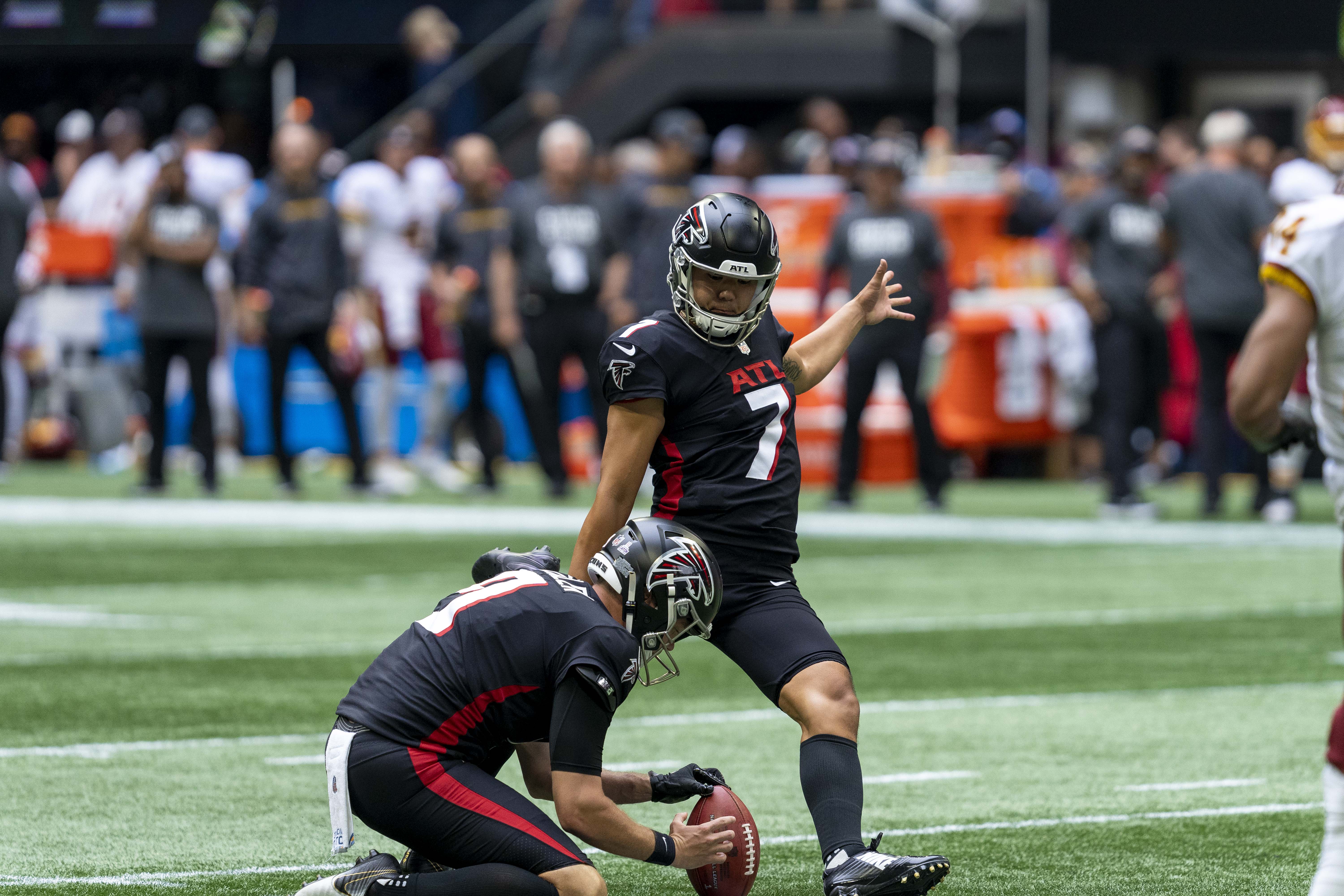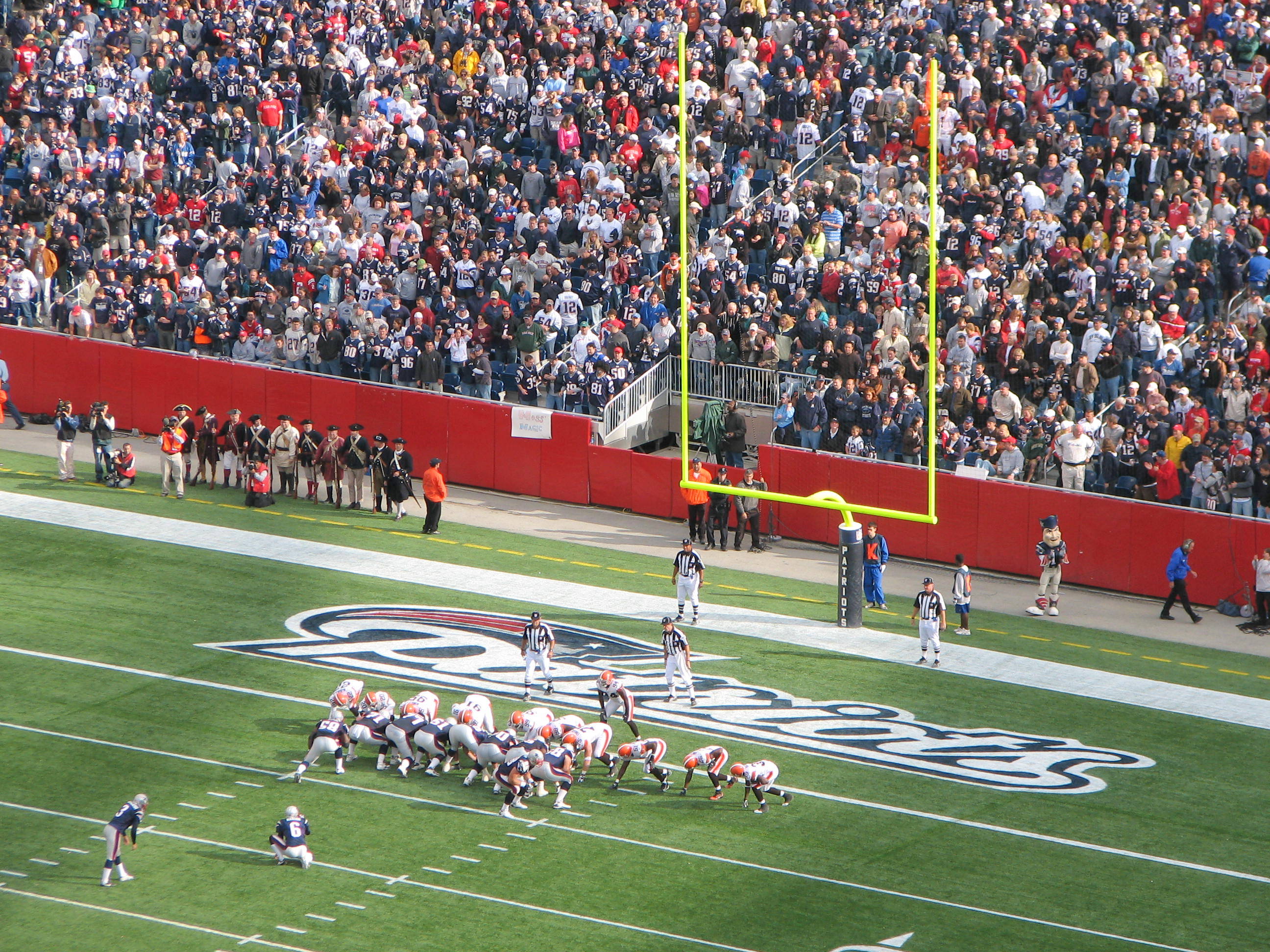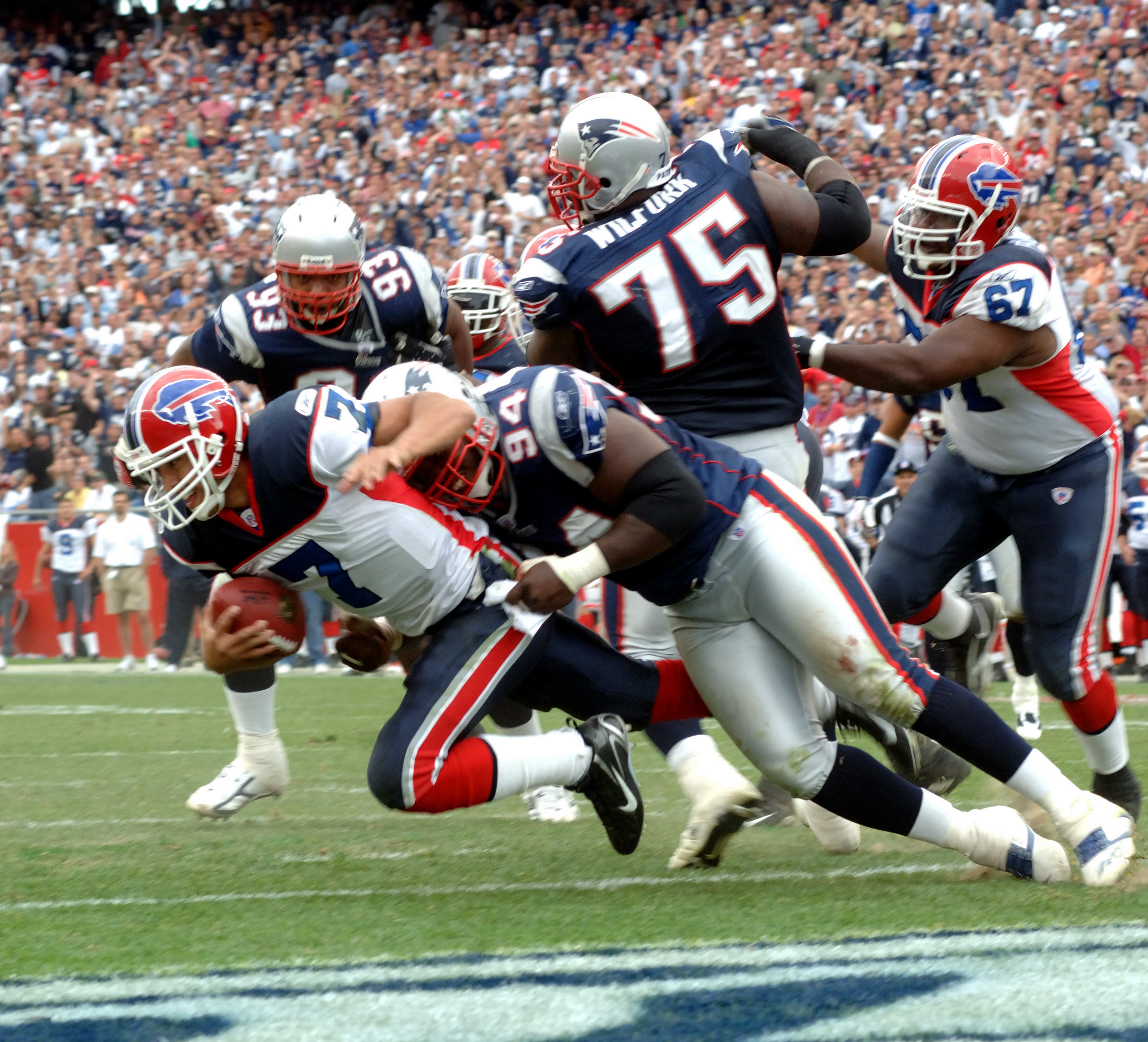|
Frobenius Number
The coin problem (also referred to as the Frobenius coin problem or Frobenius problem, after the mathematician Ferdinand Frobenius) is a mathematical problem that asks for the largest monetary amount that cannot be obtained using only coins of specified denominations, for example, the largest amount that cannot be obtained using only coins of 3 and 5 units is 7 units. The solution to this problem for a given set of coin denominations is called the Frobenius number of the set. The Frobenius number exists as long as the set of coin denominations has no common divisor greater than 1. There is an explicit formula for the Frobenius number when there are only two different coin denominations, ''x'' and ''y'': the Frobenius number is then ''xy'' − ''x'' − ''y''. If the number of coin denominations is three or more, no explicit formula is known. However, for any fixed number of coin denominations, there is an algorithm computing the Frobenius number in polynomial time (in ... [...More Info...] [...Related Items...] OR: [Wikipedia] [Google] [Baidu] |
Ferdinand Georg Frobenius
Ferdinand Georg Frobenius (26 October 1849 – 3 August 1917) was a German mathematician, best known for his contributions to the theory of elliptic functions, differential equations, number theory, and to group theory. He is known for the famous determinantal identities, known as Frobenius–Stickelberger formulae, governing elliptic functions, and for developing the theory of biquadratic forms. He was also the first to introduce the notion of rational approximations of functions (nowadays known as Padé approximants), and gave the first full proof for the Cayley–Hamilton theorem. He also lent his name to certain differential-geometric objects in modern mathematical physics, known as Frobenius manifolds. Biography Ferdinand Georg Frobenius was born on 26 October 1849 in Charlottenburg, a suburb of Berlin from parents Christian Ferdinand Frobenius, a Protestant parson, and Christine Elizabeth Friedrich. He entered the Joachimsthal Gymnasium in 1860 when he was nearly eleven. ... [...More Info...] [...Related Items...] OR: [Wikipedia] [Google] [Baidu] |
Chicken McNuggets
Chicken McNuggets are a type of chicken nuggets sold by the international fast food restaurant chain McDonald's. They consist of small pieces of reconstituted boneless chicken meat that have been battered and deep fried. Chicken McNuggets were conceived by Keystone Foods in the late 1970s and introduced in select markets in 1981. The nuggets were made available worldwide by 1983 after correcting a supply issue. The formula was changed in 2016 to remove artificial preservatives and improve the nutritional value. Description and origin The Chicken McNugget is a small piece of processed chicken meat that is fried in batter and flash-frozen at a central manufacturing facility, then shipped out and sold at McDonald's restaurants. It was conceived by Keystone Foods founder Herb Lotman in the late 1970s. McDonald's first executive chef, René Arend, a native of Luxembourg, created the Chicken McNuggets recipe in 1979. "The McNuggets were so well-received that every franchise ... [...More Info...] [...Related Items...] OR: [Wikipedia] [Google] [Baidu] |
Field Goal (football)
A field goal (FG) is a means of scoring in gridiron football. To score a field goal, the team in possession of the ball must place kick, or drop kick, the ball through the goal, i.e., between the uprights and over the crossbar. The entire ball must pass through the vertical plane of the goal, which is the area above the crossbar and between the uprights or, if above the uprights, between their outside edges. American football requires that a field goal must only come during a play from scrimmage (except in the case of a fair catch kick) while Canadian football retains open field kicks and thus field goals may be scored at any time from anywhere on the field and by any player. The vast majority of field goals, in both codes, are place kicked. Drop kicked field goals were common in the early days of gridiron football but are almost never done in modern times. In most leagues, a successful field goal awards three points (a notable exception is six-man football in which, due to t ... [...More Info...] [...Related Items...] OR: [Wikipedia] [Google] [Baidu] |
Conversion (gridiron Football)
The conversion, try (American football, also known as a point(s) after touchdown, PAT, or (depending on the number of points) extra point/2-point conversion), or convert (Canadian football) occurs immediately after a touchdown during which the scoring team is allowed to attempt to score one extra point by kicking the ball through the uprights in the manner of a field goal, or two points by bringing the ball into the end zone in the manner of a touchdown. Attempts at a try or convert are scrimmage plays, with the ball initially placed at any point between the hash marks, at the option of the team making the attempt. The yard line that attempts are made from depends on the league and the type of try or convert being attempted. If the try or convert is scored by kicking the ball through the uprights, the team gets an additional one point for their touchdown, bringing their total for that score from six points to seven. If two points are needed or desired, a two-point conversion may ... [...More Info...] [...Related Items...] OR: [Wikipedia] [Google] [Baidu] |
Safety (American Football Score)
In gridiron football, the safety (American football) or safety touch (Canadian football) is a scoring play that results in two points being awarded to the scoring team. Safeties can be scored in a number of ways, such as when a ball carrier is tackled in his own end zone or when a foul is committed by the offense in their own end zone. After a safety is scored in American football, the ball is kicked off to the team that scored the safety from the 20-yard line; in Canadian football, the scoring team also has the options of taking control of the ball at their own 35-yard line or kicking off the ball, also at their own 35-yard line. The ability of the scoring team to receive the ball through a kickoff differs from the touchdown and field goal, which require the scoring team to kick the ball off to the scored upon team. Despite being of relatively low point value, safeties can have a significant impact on the result of games, and Brian Burke of Advanced NFL Stats estimated that s ... [...More Info...] [...Related Items...] OR: [Wikipedia] [Google] [Baidu] |
American Football
American football (referred to simply as football in the United States and Canada), also known as gridiron, is a team sport played by two teams of eleven players on a rectangular field with goalposts at each end. The offense, the team with possession of the oval-shaped football, attempts to advance down the field by running with the ball or passing it, while the defense, the team without possession of the ball, aims to stop the offense's advance and to take control of the ball for themselves. The offense must advance at least ten yards in four downs or plays; if they fail, they turn over the football to the defense, but if they succeed, they are given a new set of four downs to continue the drive. Points are scored primarily by advancing the ball into the opposing team's end zone for a touchdown or kicking the ball through the opponent's goalposts for a field goal. The team with the most points at the end of a game wins. American football evolved in the United States, ... [...More Info...] [...Related Items...] OR: [Wikipedia] [Google] [Baidu] |
Rugby Union
Rugby union, commonly known simply as rugby, is a close-contact team sport that originated at Rugby School in the first half of the 19th century. One of the two codes of rugby football, it is based on running with the ball in hand. In its most common form, a game is played between two teams of 15 players each, using an oval-shaped ball on a rectangular field called a pitch. The field has H-shaped goalposts at both ends. Rugby union is a popular sport around the world, played by people of all genders, ages and sizes. In 2014, there were more than 6 million people playing worldwide, of whom 2.36 million were registered players. World Rugby, previously called the International Rugby Football Board (IRFB) and the International Rugby Board (IRB), has been the governing body for rugby union since 1886, and currently has 101 countries as full members and 18 associate members. In 1845, the first laws were written by students attending Rugby School; other significant even ... [...More Info...] [...Related Items...] OR: [Wikipedia] [Google] [Baidu] |
Integer Partition
In number theory and combinatorics, a partition of a positive integer , also called an integer partition, is a way of writing as a sum of positive integers. Two sums that differ only in the order of their summands are considered the same partition. (If order matters, the sum becomes a composition.) For example, can be partitioned in five distinct ways: : : : : : The order-dependent composition is the same partition as , and the two distinct compositions and represent the same partition as . A summand in a partition is also called a part. The number of partitions of is given by the partition function . So . The notation means that is a partition of . Partitions can be graphically visualized with Young diagrams or Ferrers diagrams. They occur in a number of branches of mathematics and physics, including the study of symmetric polynomials and of the symmetric group and in group representation theory in general. Examples The seven partitions of 5 are: * 5 * 4 + 1 * 3 ... [...More Info...] [...Related Items...] OR: [Wikipedia] [Google] [Baidu] |
Coprime Integers
In mathematics, two integers and are coprime, relatively prime or mutually prime if the only positive integer that is a divisor of both of them is 1. Consequently, any prime number that divides does not divide , and vice versa. This is equivalent to their greatest common divisor (GCD) being 1. One says also '' is prime to '' or '' is coprime with ''. The numbers 8 and 9 are coprime, despite the fact that neither considered individually is a prime number, since 1 is their only common divisor. On the other hand, 6 and 9 are not coprime, because they are both divisible by 3. The numerator and denominator of a reduced fraction are coprime, by definition. Notation and testing Standard notations for relatively prime integers and are: and . In their 1989 textbook ''Concrete Mathematics'', Ronald Graham, Donald Knuth, and Oren Patashnik proposed that the notation a\perp b be used to indicate that and are relatively prime and that the term "prime" be used instead of coprime (as ... [...More Info...] [...Related Items...] OR: [Wikipedia] [Google] [Baidu] |





